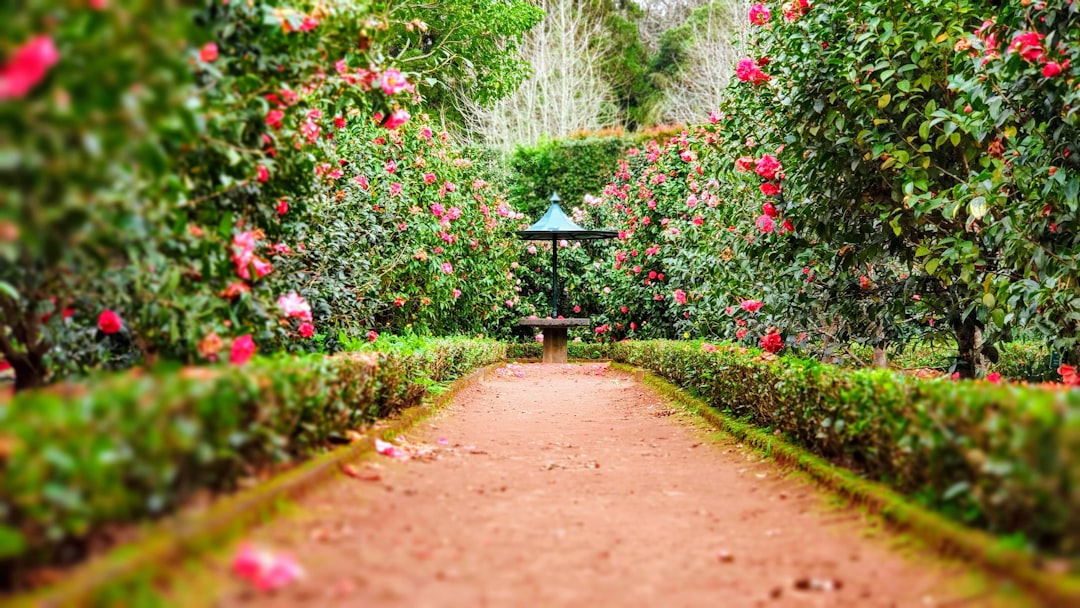Gardening is a wonderful hobby that brings joy and beauty to your outdoor space. Whether you have a small balcony garden or a sprawling backyard, taking care of your plants and flowers requires some key ingredients – one of which is fertilizer. Fertilizer is essential for providing nutrients to your plants, helping them grow strong and healthy. With so many options available, choosing the best fertilizer for your garden can be overwhelming. In this post, we’ll discuss the various types of fertilizers available and help you determine which one is best for your garden.
Organic Fertilizers
Organic fertilizers are derived from plant or animal sources and are a great choice for those looking to avoid synthetic chemicals. They release nutrients slowly, providing a steady supply of food for your plants without the risk of burning them. Some popular organic fertilizers include compost, manure, bone meal, and fish emulsion. Compost is a fantastic all-purpose fertilizer that improves soil structure and fertility, while manure adds nitrogen, phosphorus, and potassium to the soil. Bone meal is high in phosphorus, making it ideal for flowering plants, and fish emulsion is a quick-acting fertilizer that provides a boost of nutrients to your plants.
Inorganic Fertilizers
Inorganic fertilizers, also known as synthetic fertilizers, are made from chemical compounds and are usually more concentrated than organic fertilizers. They provide a quick source of nutrients for your plants and are often cheaper than organic options. Inorganic fertilizers come in various formulations, such as granular, liquid, and water-soluble. Granular fertilizers are easy to apply and last longer in the soil, while liquid fertilizers are quickly absorbed by the plants. Water-soluble fertilizers are convenient for feeding plants through a watering can or hose attachment.
Slow-Release Fertilizers
Slow-release fertilizers are designed to gradually release nutrients over an extended period, providing a consistent source of food for your plants. These fertilizers come in various forms, such as coated pellets, granules, and spikes. Slow-release fertilizers are ideal for busy gardeners who don’t have time to fertilize their plants frequently. They are also beneficial for plants that have specific nutrient requirements or are sensitive to over-fertilization.
Specialty Fertilizers
Specialty fertilizers are formulated for specific types of plants or gardening practices. For example, rose fertilizers are high in potassium and phosphorus to promote flowering, while acid-loving plant fertilizers are designed to lower the pH of the soil for plants like azaleas and blueberries. Lawn fertilizers are formulated with nitrogen to promote lush, green grass, and vegetable fertilizers are high in potassium to boost fruit and vegetable production.
Fertilizer Ratios
When choosing a fertilizer for your garden, it’s essential to consider the nutrient ratios listed on the packaging. The three primary nutrients required by plants are nitrogen (N), phosphorus (P), and potassium (K), often referred to as NPK. The ratio of these nutrients varies depending on the type of plant you’re growing. For example, a general-purpose fertilizer might have a ratio of 10-10-10, meaning it contains equal parts nitrogen, phosphorus, and potassium. However, flowering plants may benefit from a higher phosphorus content, like a 5-10-5 ratio.
Application Methods
There are several ways to apply fertilizer to your garden, depending on the type of fertilizer and the needs of your plants. Granular fertilizers can be sprinkled on the soil surface and watered in, while liquid fertilizers can be diluted and applied directly to the plant roots. Water-soluble fertilizers can be mixed with water and applied through a watering can or hose attachment. Slow-release fertilizers can be incorporated into the soil at planting time or applied to the soil surface periodically throughout the growing season.
Timing and Frequency
It’s crucial to fertilize your garden at the right time and frequency to prevent over-fertilization or under-fertilization. Different plants have varying nutrient requirements, so it’s essential to research the needs of your specific plants before applying fertilizer. In general, most plants benefit from an initial feeding in early spring to kickstart growth, followed by regular applications throughout the growing season. Avoid fertilizing your plants during hot, dry periods or before heavy rain, as this can lead to nutrient leaching or burning.
Environmental Considerations
When choosing a fertilizer for your garden, it’s essential to consider the environmental impact of your decision. Organic fertilizers are a more sustainable option, as they are derived from natural sources and break down more easily in the soil. Inorganic fertilizers can be harmful to the environment if overused, as they can leach into groundwater and pollute nearby water sources. Look for fertilizers with minimal chemical additives and choose slow-release options to reduce nutrient runoff.
In conclusion, the best fertilizer for your garden depends on your plants’ specific needs, your gardening practices, and your environmental concerns. Organic fertilizers are a safe and sustainable option for most gardeners, while inorganic fertilizers provide a quick source of nutrients for demanding plants. Slow-release and specialty fertilizers offer targeted nutrition for specific plants or gardening situations. By selecting the right fertilizer and applying it correctly, you can ensure that your garden thrives and blooms beautifully throughout the growing season. Happy gardening!

